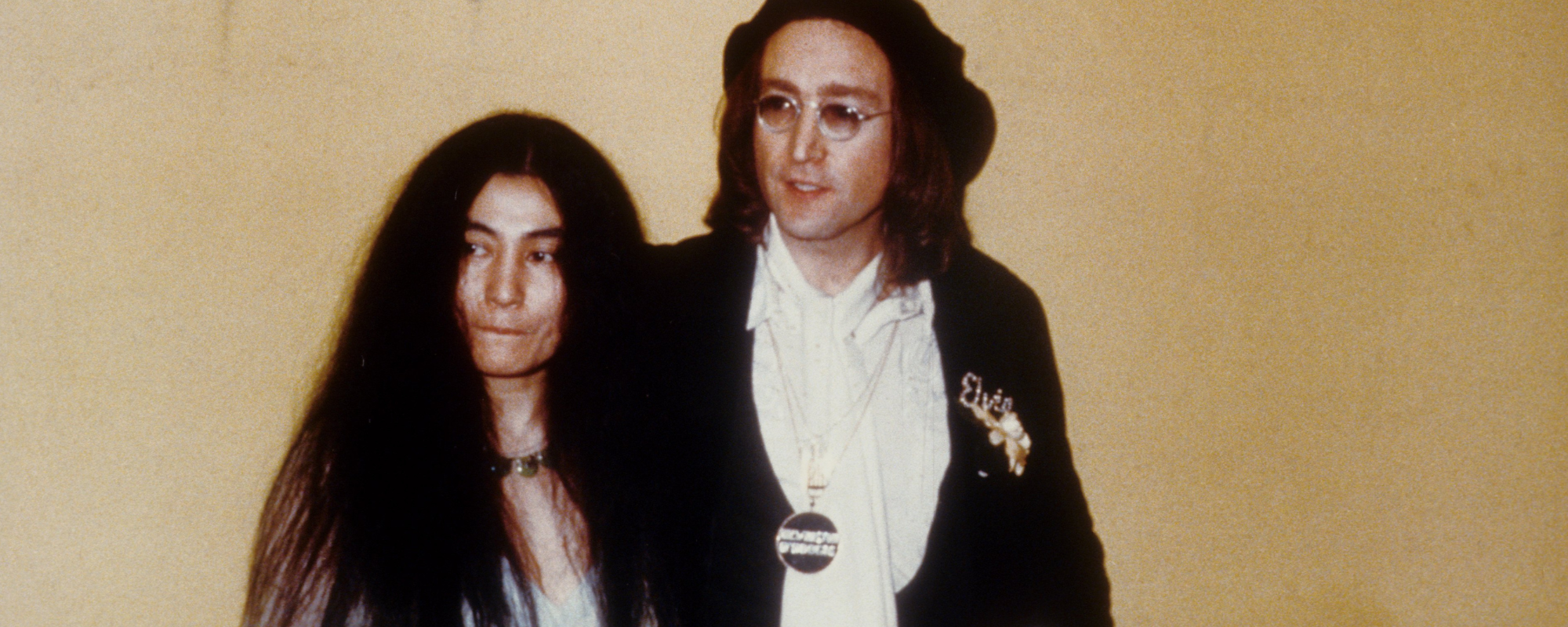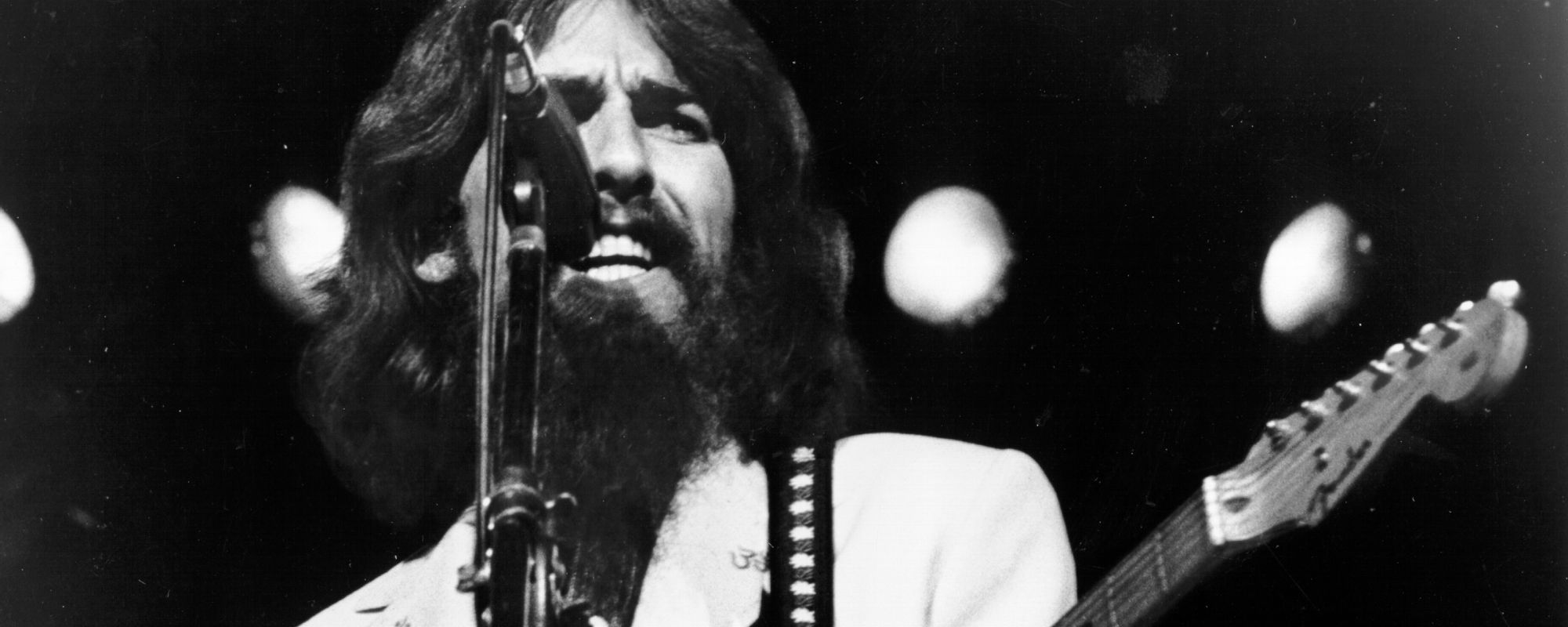Paul McCartney is certainly no stranger to what makes a great hit song and, conversely, what doesn’t—the latter of which he was dealing with when trying to record a Tin Pan Alley song he would later say had a “terrible sound” on the album. The song came about in his post-Beatles years while he was recording the 1975 Wings album Venus and Mars.
Videos by American Songwriter
While McCartney’s critical ear is what made his career so defiant of time and genre, the same could be said about his dedication to joy. Indeed, his cover of the Tin Pan Alley classic “Baby Face” makes an excellent case for why it’s sometimes better to prioritize feeling over finesse.
Paul McCartney Said This Record Had a “Terrible Sound”
Paul McCartney’s time with Wings was an exploration of sound and style that he couldn’t quite dig into while working with his former bandmates in the Beatles. Still, he wasn’t averse to pulling from old material for inspiration—really, really old material, in fact. During the recording of One Hand Clapping in 1974 (a live in-studio album he would release five decades later), McCartney performed a version of the Tin Pan Alley classic “Baby Face” on the piano.
The following year, McCartney was in New Orleans recording the Wings album, Venus and Mars, when he thought it might be nice to employ a traditional New Orleans band to overdub the solo piano track. However, it didn’t turn out quite how McCartney had envisioned it in his head.
“I took the track and asked these fellows to overdub,” he explained. “Like, these guys don’t know what earphones are. They’re a trad band, right? A genuine, New Orleans brass band. They couldn’t get the tempo for a while, but then they started to get it. It’s a terrible sound if you’re looking at it critically.”
The Innovative Musician’s Silver Lining
There are plenty of reasons why Paul McCartney’s re-recording of the Tin Pan Alley classic “Baby Face” wouldn’t have worked out. To start, McCartney was right: a New Orleans traditional band isn’t used to performing in a sterile studio. They’re used to performing live, feeding off one another with each passing musical moment. McCartney also had the shadow of decades of musicians who came before him offering their rendition since Harry Akst and Benny Davis first published the song in 1926.
Ultimately, McCartney was able to find a silver lining in the Tin Pan Alley recording he went so far as to call “terrible.” “It’s got a lovely joyousness about it,” he continued in his aforementioned Melody Maker interview. “It’s great; it’s like they’re revving up all the time. They’re brilliant. The drummer plays bass drum with his melon. He has a coat hanger in his left hand. And the bottom half of a hi-hat, which he hits with his coat hanger.”
“They have this ethnic talent,” the ex-Beatle said. “It’s like a Morris dancing act. I’m not really a jazzer, you know. I like it, but I’ve never been into it.” Regardless of whether McCartney considers himself a true jazz cat, the Tin Pan Alley song has undoubtedly made its way into the collection of the artist’s more eccentric musical offerings, proving that technical perfection doesn’t always trump genuine feeling and vibe.
Photo by Medios y Media/Getty Images











Leave a Reply
Only members can comment. Become a member. Already a member? Log in.